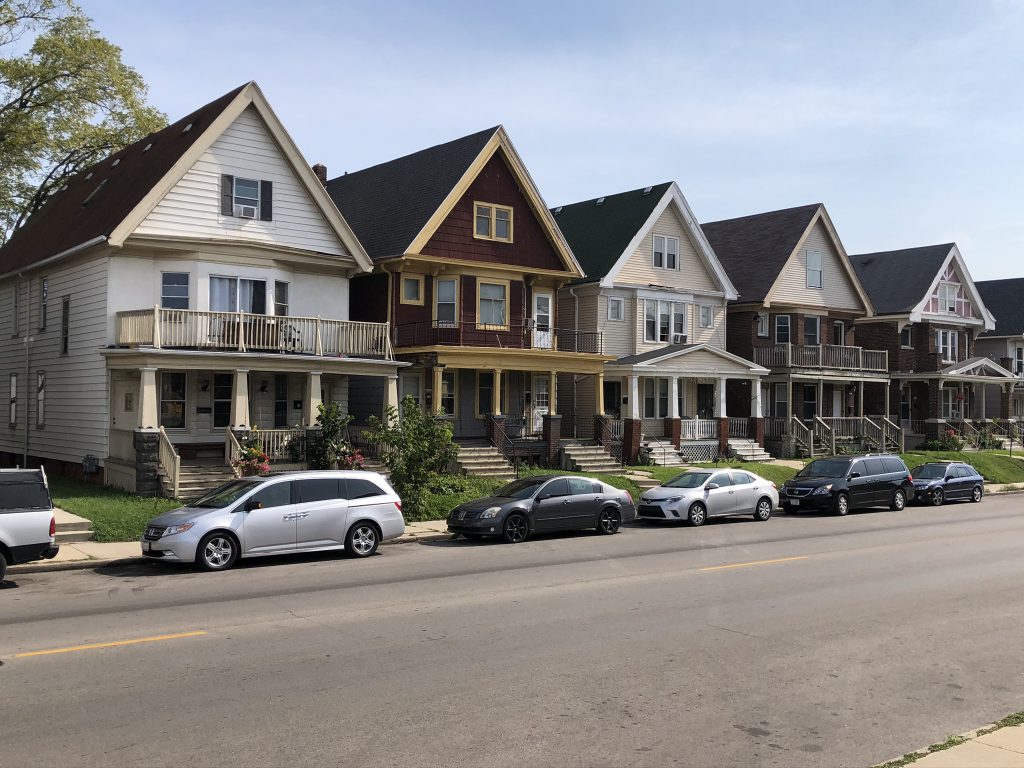Hundreds of Millions in Housing Aid Still Available
New eviction moratorium is buying time for those behind on rent.
The CDC extended its eviction moratorium another 60 days in counties with high or substantial transmission rates of COVID-19, giving vulnerable tenants a chance to avoid eviction and aid agencies more time to disburse millions of dollars in federal rental assistance.
All but 16 Wisconsin counties are covered under the moratorium extension, according to CDC data. COVID-19 infections have been increasing in Wisconsin as the highly transmissible delta variant of the virus spreads through the state and eviction filings in Wisconsin reached their highest point of the year in June, according to the Wisconsin Eviction Data Project.
The eviction moratorium has been in place in some form since the beginning of the pandemic, meant to prevent people from being forced from their homes during a public health crisis. The moratorium briefly lapsed at the end of July following multiple extensions. After just a weekend, the CDC reinstated it.
To qualify, tenants need to have applied for rent assistance, lost a source of income and potentially face homelessness if they were evicted, according to the Wisconsin Department of Agriculture, Trade and Consumer Protection (DATCP).
Multiple federal relief bills have also sent hundreds of millions of dollars to the states to assist people with paying their rent and utility bills.
So far in 2021, Wisconsin has received $322 million and distributed $46.5 million to more than 12,650 households across the state through the Wisconsin Emergency Rental Assistance program, according to the Department of Administration. High population parts of the state — including Brown, Dane, Milwaukee and Waukesha counties, as well as the cities of Madison and Milwaukee — received $64 million in rent assistance funds directly from the federal government. As of June 30, $21.6 million of that money had been disbursed, helping nearly 6,500 households, according to data from the U.S. Treasury Department.
Trouble working with landlords, problems with paperwork or technology and overwhelmed staff members at community action programs across the state have all contributed to the slow drip of the rental aid.
“Handling the large volume of applications and questions is a daunting task, but tenants should be assured that we are working diligently with our partners and landlords,” Bare says. In Milwaukee County, there were 596 filings for eviction and 16 evictions in June, the most recent month available from the state data.
“At least in my counties there is no backlog, there is no waiting process,” Sennholz says. NCCAP normally covers Lincoln, Marathon and Wood counties but is also disbursing rent assistance for other parts of northern Wisconsin. “If people get us all their information we can get [assistance] out immediately. There’s tons of money left.”
While housing advocates are working to get assistance to people and work through the acute crisis of COVID-caused evictions, they also see a need to find solutions to housing beyond the next 60 days.
“Evictions and housing insecurity generally are a product of decades of purposefully discriminatory and nonsensical housing policies that nobody has benefited from,” Bare says. “The pandemic has brought a lot of attention to it and the pandemic has made it worse, but these are not new problems. We can and we must start to make better choices with our housing policies. Working together as a community, we can ensure everyone has access to affordable, quality, and stable housing in the short term, and dig in together to eliminate the long-term inequities in housing outcomes.”
Hundreds of millions unspent in aid as moratorium buys time for vulnerable tenants was originally published by the Wisconsin Examiner.




















